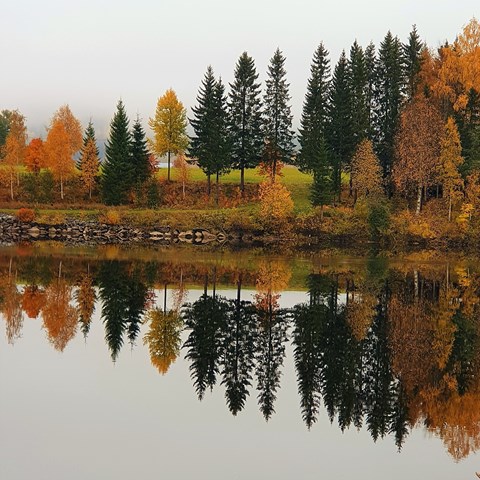Contact
Michael Gundale, T4F Program Leader
Professor at the Department of Forest Ecology and Management

2021 T4F starts a new phase with a new research plan for the coming 5 years. The new plan includes some structural changes that open up completely new possibilities. T4F investigates which trees will be found in the forests in the future: What traits do they need in times of climate change? And which of these trait are most useful for society and can help to create a circular bioeconomy? Which trees have these traits? How can we improve tree breeding to create trees that can withstand the challenges of the future? As trees need such a long time until they are tall and create a forest that can be harvested, we have to think about how the conditions for our trees will be during the next 20, 30 or more years already when we plant new trees today. With computer models, researchers can show both how the climate could develop and they can predict the impact on trees and forest.
The task of this topic is to do research on how to breed most efficiently for production and tree health, i.e. enhance resistance to pests and diseases. Operational tree breeding and academic molecular research has been united by genomics, and the interaction between Skogforsk and the academic environment, in particular at UPSC, is very fruitful. The large KAW-funded projects and the research school(s) in Forest genetics that just have started are capitalizing on this, and the T4F funding within this topic should, like before, be spent on academic research at the interface towards breeding.
Future climate change demands new forest management tools that fit with the new climate. For this, preparation for the use of exotic tree species and increased use of underused native trees are an obvious path. Fortunately, previous researchers have been thinking along the same lines, and we are
relatively well equipped with tree-species experiments that are between 30-60 years old. These experiments that are located at or near to the experimental stations in Vindeln, Siljansfors, Asa and Tönnersjöheden will be used for examining broad ecological and production aspects of various tree
species.
Boreal forests have more than twice as much carbon stored in the soil than is found in the living tree biomass. Soil carbon represents the balance between carbon inputs from forest vegetation, which can vary in quantity and quality; and carbon outputs, which are driven by the action of the soil
microbiome and that can vary in biomass, composition and function. The soil microbiome not only controls soil carbon losses but also influences plant growth, as a recycler and supplier of nutrients to trees. Forest management has a strong potential to influence soil carbon stocks by altering both the
quantity and quality of carbon inputs, and by impacting the microbiome that controls carbon outputs and nutrient cycling. A critical knowledge gap therefore is to understand how a wide range of forestry activities influence soil carbon stocks through influencing carbon inputs from vegetation and
the soil microbiome composition and activity.
Umeå Plant Science Centre UPSC
Coordinator Nathaniel Street
Southern Swedish Forest Research Centre
Coordinator: Urban Nilsson
Coordinator: Mari Suontama
Michael Gundale, T4F Program Leader
Professor at the Department of Forest Ecology and Management